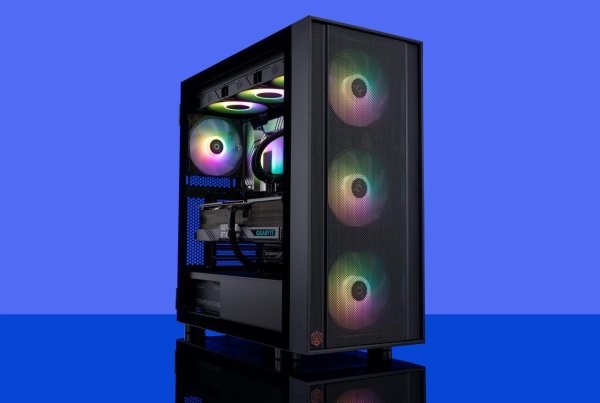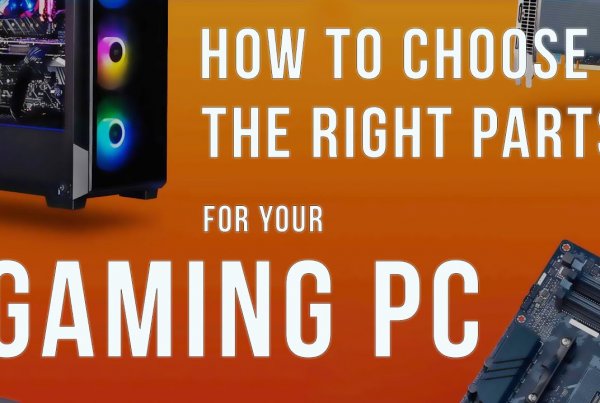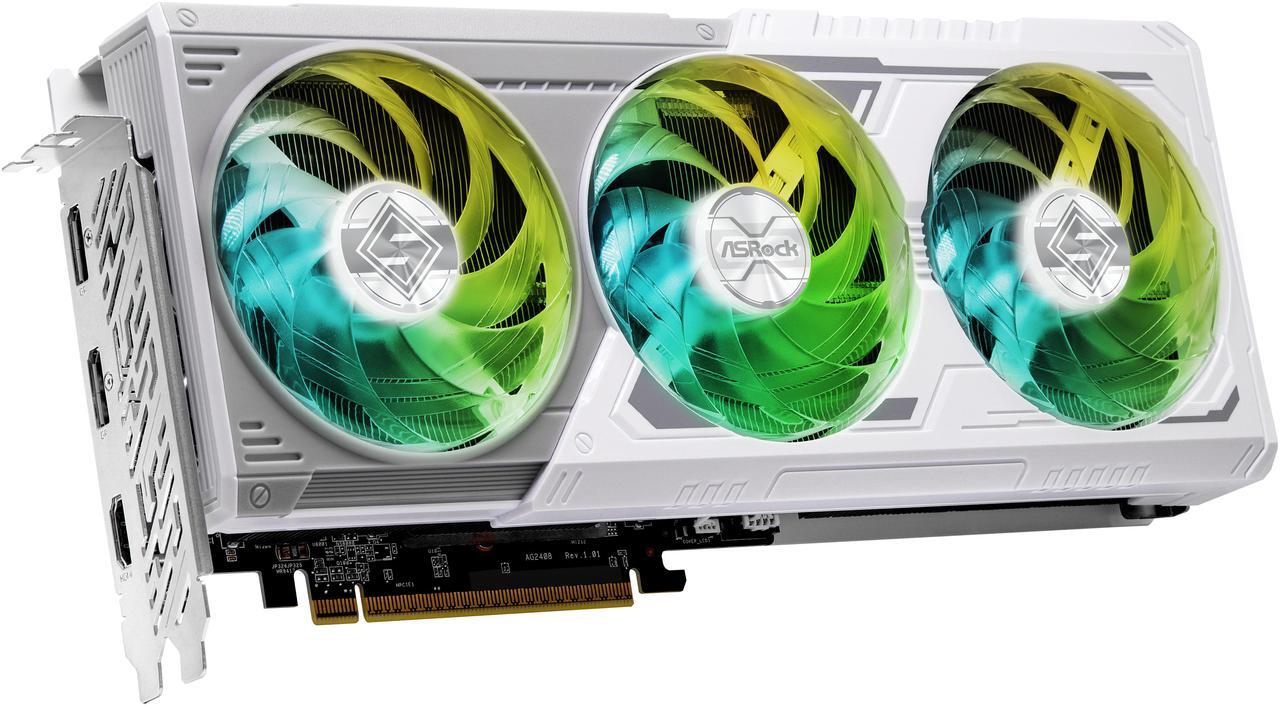
Are you searching for a graphics card that delivers strong gaming performance without breaking the bank? The AMD Radeon RX 9060 XT is an excellent choice for 2025. It comes in two memory configurations—8 GB and 16 GB—and both models use AMD’s RDNA 4 architecture. As a result, you get a reliable GPU that balances performance and efficiency. Below, you’ll find an organized overview of its features, real-world performance, and guidance on choosing the best version for your gaming setup.
1. Identifying Your Gaming Needs
First, determine what games or applications you plan to run. For example, do you primarily play at 1080p, or do you aim to push toward 1440p? Moreover, will you enable ray tracing, or focus on pure rasterized performance? Additionally, do you intend to stream or run background tasks while gaming? By answering these questions, you can decide whether the 8 GB model suffices or if the extra headroom of the 16 GB version makes more sense.
2. Setting a Realistic Budget
Even without focusing on exact dollar amounts, you should rank your priorities:
- 8 GB RX 9060 XT
• Ideal for gamers who focus on 1080p and do not plan to use ultra textures in the newest titles.
• Offers great value if you mainly play esports or slightly older triple-A games.
• See a popular 8 GB model here: ASUS Dual Radeon RX 9060 XT 8 GB (DUAL-RX9060XT-8G)
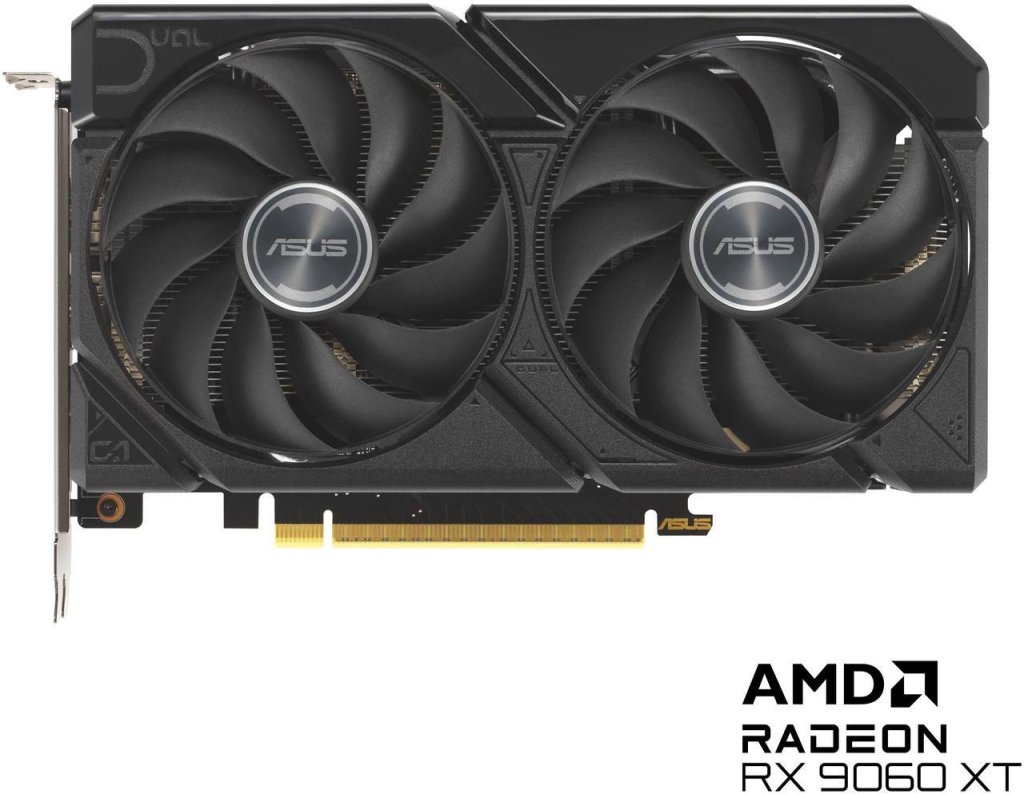
ASUS Dual Radeon RX 9060 XT 8GB
- 16 GB RX 9060 XT
• Better suited for 1440p gaming with higher texture settings.
• Provides extra headroom as game VRAM requirements rise.
• Check out a well-reviewed 16 GB variant here: ASRock Steel Legend Radeon RX 9060 XT 16 GB (RX9060XT SL 16GO)
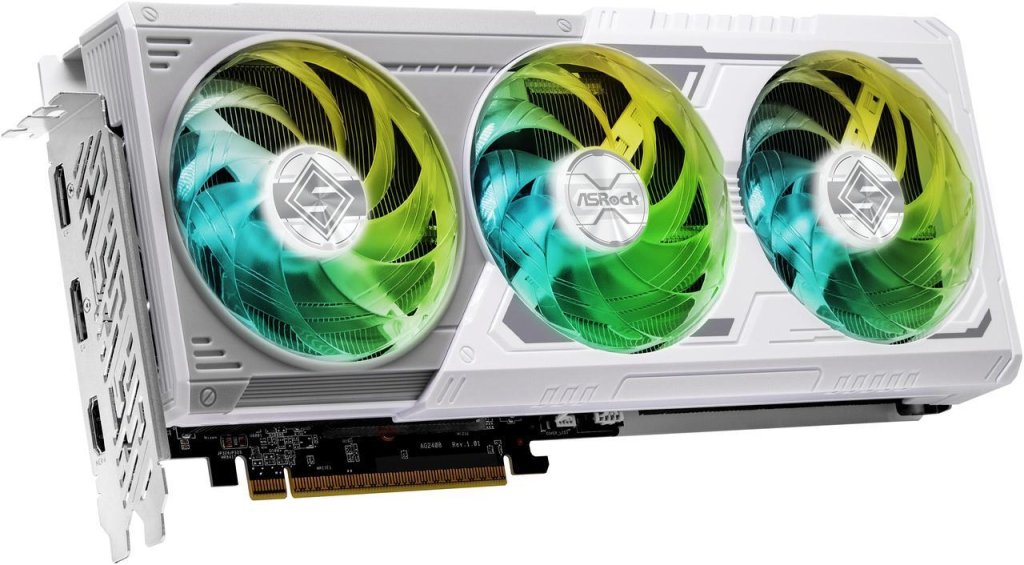
ASRock Steel Legend Radeon RX 9060 XT 16GB
Therefore, decide how much you can comfortably invest now and aim to minimize upgrade costs later.
3. Understanding Key Specifications
3.1. GPU Architecture
Since the RX 9060 XT is built on RDNA 4, you benefit from improved efficiency and raw performance compared to RDNA 3. Consequently, you’ll see higher frame rates without a major increase in power consumption.
3.2. Memory (VRAM)
- 8 GB GDDR6 on a 128-bit bus (150 W board power)
- 16 GB GDDR6 on a 128-bit bus (160 W board power)
Because modern titles demand more VRAM, the 16 GB version helps handle high-resolution textures and future games more smoothly.
3.3. Compute Units & Shading Units
Equipped with 32 compute units and 2,048 shading units, this card supports solid performance at both 1080p and 1440p resolutions.
3.4. Boost Clock
The GPU can boost up to 3,130 MHz, although some partner boards featuring the 16 GB model may clock slightly higher. Consequently, you might see a 5–10 percent performance increase in certain games.
3.5. Infinity Cache
A 32 MB on-die cache reduces memory latency. As a result, real-world frame rates improve, especially when pushing 1440p or higher resolutions.
3.6. Ray Tracing & AI Accelerators
Featuring 32 ray accelerators and 32 AI accelerators, the RX 9060 XT can enable basic ray tracing and AI-driven features. However, enabling ray tracing will incur a noticeable performance hit.
3.7. Interface & Outputs
- PCIe 5.0 ×16 (future-proof compatibility)
- Three DisplayPort 2.1a ports and one HDMI 2.1b port
Thus, you can connect high-refresh 1440p or 4K monitors without issue.
3.8. Power Draw & PSU Requirement
- 150 W (8 GB) / 160 W (16 GB)
- Recommended PSU: 500 W or higher for the 8 GB model; 550 W or higher for the 16 GB model
Because RDNA 4 is more power-efficient than its predecessor, these requirements remain moderate despite the increased performance.
4. Real-World Performance: 8 GB vs. 16 GB
4.1. 1080p Gaming
- 8 GB Model
• Excels at 1080p with high settings. For instance, Elden Ring often reaches 90–100 fps on high.
• In esports titles such as Valorant, it can exceed 144 fps when paired with a capable CPU.
• However, some upcoming games may force you to lower texture settings once VRAM demands exceed 8 GB. - 16 GB Model
• Offers slightly higher clock speeds on partner boards, translating to a 5–10 percent fps boost at 1080p.
• The extra VRAM ensures newer titles remain playable at maximum or near-maximum settings.
• Consequently, it handles multitasking—such as streaming or recording—without the risk of running out of memory.
4.2. 1440p Gaming
- 8 GB Model
• Still viable if you lower certain texture quality settings. For example, God of War (2022) averages about 60–70 fps on medium-high settings.
• Nonetheless, VRAM can become a bottleneck in more demanding titles. - 16 GB Model
• Truly shines at 1440p with high or ultra textures. In Cyberpunk 2077 (1440p with FSR enabled), it can achieve roughly 75 fps on balanced settings.
• By contrast, the 8 GB card may dip below 60 fps once it runs out of memory.
• Thus, the extra 8 GB of VRAM makes a noticeable difference in texture-heavy scenarios.
4.3. Generation-Over-Generation Gains
Compared to the RX 7600 XT, the RX 9060 XT delivers a 40–50 percent performance uplift at 1080p. At 1440p, that gap widens to 50–60 percent. Meanwhile, board power only increases by 10–15 W—showing that RDNA 4 achieves better power efficiency alongside faster frame rates.
5. Ray Tracing and Advanced Effects
Although the RX 9060 XT supports hardware-accelerated ray tracing, enabling it can reduce fps by 20–30 percent. For instance, in Cyberpunk 2077 at 1440p, turning on ray-traced reflections can drop performance from around 75 fps to 55 fps on the 16 GB model. Consequently, most gamers leave ray tracing off for smoother frame rates. However, if you want to experiment with the latest graphical enhancements, the option is there. Additionally, the 16 GB version’s extra Infinity Cache helps offset some of the performance loss. Nevertheless, if ray tracing is a top priority, consider stepping up to a card like the RX 7600 XT BE or Nvidia’s RTX 4060 Ti.
6. Which Model Is Right for You?
6.1. Budget-Focused 1080p Builds
If you want a cost-effective card for pure 1080p gaming, the 8 GB model is an excellent choice. It excels in esports and older triple-A titles. Yet, you may need to lower certain texture settings in upcoming games. Still, it offers outstanding value and smooth gameplay at high settings.
Buy the 8 GB RX 9060 XT on Newegg:
• ASUS Dual Radeon RX 9060 XT 8 GB (DUAL-RX9060XT-8G)
6.2. Future-Proof and 1440p Enthusiast Builds
Opt for the 16 GB model if you aim for long-lasting performance. It runs modern titles at 1440p with high or ultra textures and handles games that require more than 8 GB of VRAM. If you edit videos or stream, the extra memory helps with multitasking. Consequently, the 16 GB card covers more use cases and reduces the need for an early upgrade.
Buy the 16 GB RX 9060 XT on Newegg:
• ASRock Steel Legend Radeon RX 9060 XT 16 GB (RX9060XT SL 16GO)
7. Value Proposition: Is the RX 9060 XT Worth It?
For most gamers, the RX 9060 XT 16 GB stands out at its class. You get strong performance at both 1080p and 1440p without overspending. Moreover, AMD’s features—PCIe 5.0, HDMI 2.1b, DisplayPort 2.1a, and Infinity Cache—help future-proof your build. Nvidia’s RTX 5060 Ti usually costs more and trails in many rasterized benchmarks. Although Nvidia still leads in ray tracing with DLSS, the RX 9060 XT delivers outstanding value for gamers focused on raw frame rates.
8. Quick Reference Table
| Factor | 8 GB RX 9060 XT | 16 GB RX 9060 XT | Why It Matters |
|---|---|---|---|
| Primary Resolution | 1080p with high settings | 1080p/1440p with high/ultra textures | Determines memory requirements and overall performance target. |
| VRAM | 8 GB GDDR6 on a 128-bit bus | 16 GB GDDR6 on a 128-bit bus | More VRAM is crucial for future game releases that demand higher texture pools. |
| Performance (1080p) | ~90–100 fps in triple-A | ~95–110 fps in triple-A | Rough benchmarks show a ~5–10 percent fps gain with the 16 GB model. |
| Performance (1440p) | ~60–70 fps with medium/high textures | ~75–80 fps with high/ultra textures | The extra VRAM and Infinity Cache help maintain stable frame rates at 1440p without stutters. |
| Ray Tracing | Supported, ~20–30 percent fps drop | Supported, ~20–30 percent fps drop | Both models can handle ray tracing, but expect a significant performance penalty. The 16 GB card’s cache and memory help offset some loss. |
| PCIe Support | PCIe 5.0 ×16 | PCIe 5.0 ×16 | Future-proof compatibility; no bottlenecks on upcoming motherboards, though PCIe 4.0 still offers excellent performance today. |
| Infinity Cache | 32 MB | 32 MB | Reduces memory latency and compensates for the narrower 128-bit bus, boosting real-world frame rates. |
| Power Consumption | 150 W | 160 W | Ensure your PSU can handle the card (500 W+ for 8 GB, 550 W+ for 16 GB). RDNA 4 remains more efficient than its predecessor despite the power increase. |
| Extra Features | Radeon Anti-Lag, FSR, Smart Access Memory | Same plus more VRAM headroom for streaming | AMD Adrenalin software features help optimize gameplay and reduce input lag. Additional VRAM is also beneficial for streaming/recording concurrently. |
9. Reading Reviews and Considering Warranty
To make a well-informed decision, read multiple user reviews across tech forums and publications. Look for consistent comments on noise levels, thermals, and performance in real-world scenarios. Furthermore, check the manufacturer’s warranty and customer support reputation. While AMD reference cards usually come with a 3-year warranty, some partner cards offer extended coverage. Finally, confirm your retailer’s return policy in case the GPU does not meet your expectations (for example, noise under load or size constraints in your case).
10. Final Thoughts
In conclusion, there is no one-size-fits-all “best” GPU—only the best GPU for your specific needs. By understanding your primary gaming targets, setting a realistic budget, and focusing on key specifications, you’ll find a card that balances performance, longevity, and value.
- If you want reliable 1080p gaming today and are on a tight budget, the 8 GB RX 9060 XT is an excellent option.
- If you plan to play at 1440p with high textures, stream or create content, and keep your GPU for several years, the 16 GB RX 9060 XT is the smarter choice.

